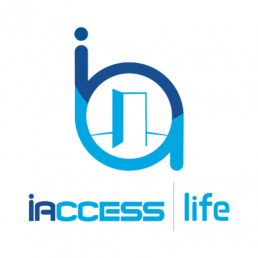General Questions
As soon as we close on the first round of funding we will start development and release the beta version of iAccess, by early 2019.
We have researched what we believe to be the population of the potential users in the United States. Below are statistics that we believe depict an accurate size of the potential market we can target just in the United States of people with disabilities and difficulty with mobility. We consider this to be our eligibility pool.
- 1 in 8 (40.7 million) people living in the US reported having a disability (2016)
- 13% of adults in the US express serious difficulty walking or climbing stairs (2015)
- Number of adults aged 18 and over with at least one basic action difficulty or complex activity limitation: 77.0 million (2015)
- Percent of adults aged 18 and over with at least one basic actions difficulty or complex activity limitation: 33.2% (2015).
- Less than one percent of U.S. housing is wheel chair accessible (2015)
Initial roll out will be in the United States. After we begin to incorporate additional functionality and secure later funding we plan to do a targeted roll out in strategic countries and eventually open the application up world wide. Our market research shows that a large population of the mobility impaired community exists outside the United States. Many countries in Europe, Asia, Africa, and the Middle East have widespread issues with access due to the age of the buildings/architecture and lack of compliance laws.
Really the benefit can be summed up with two points.
The first reason is embedded in the technical design:
- The level of detail that our ratings will permeate down to is a level that Google/Yelp and any other widespread rating application won’t invest resources into because they are are not designing solely for our target market, they are designing for everyone.
- They have a simple binary rating, is it accessible Y/N. For us, we are starting with 4 unique ratings that focus on mobility as this is the problem our founder initially sought to solve.
- Our users will be able to rate the parking, entrance, seating and bathroom individually.
- In future versions we will expand to allow ratings that focus on other disabilities such as vision impairment and hearing impairment.
The second reason relates to user acquisition.
- Google is passively prompting users to rate location accessibility and they are targeting sub-sets of their ENTIRE base, many of whom have no vested interest in contributing this type of information and many of whom may not have a basic and fundamental understanding of the criteria that is necessary to decide somewhere is accessible.
- Once we raise our funding, we will have the luxury of targeting ALL of our marketing budget and brand partnerships toward a very segmented target market of people who understand this concept and who live with these impairments daily.
- The quality and detail of information we collect will hold infinitely more value as it can be placed in front of people with vested interest to collect this data from the get go.
The initial version of iAcess will be designed to be a crowd sourced application where only “registered” users can leave ratings and reviews. Users will be able to register through a traditional registration form as well as Facebook and Google authentication. We plan to run various grassroots campaigns to promote users to rate locations in targeted cities, college campuses etc. We also foresee, partnering with rehabilitation centers, veteran’s organizations, align with relative brands and celebrities, and other marketing methods to promote users to both download and use the app.
Yes, iAccess will have location services enabled by default. We will utilize Google Places API queries that are relative to the users location. This will allow us to send push notifications to promote users to rate places they have searched and visited.



